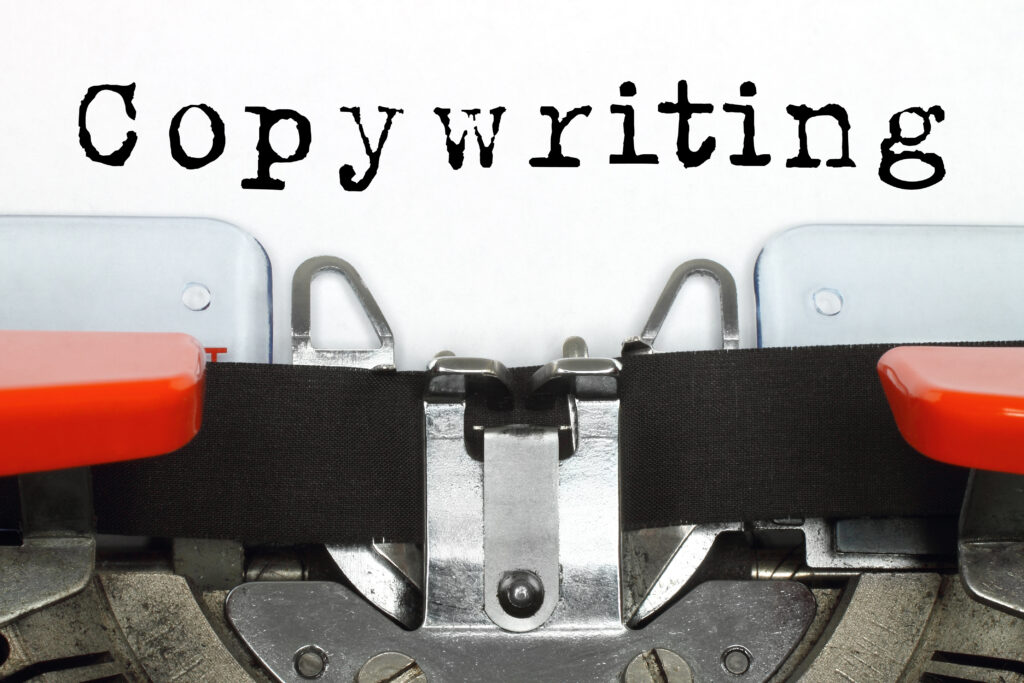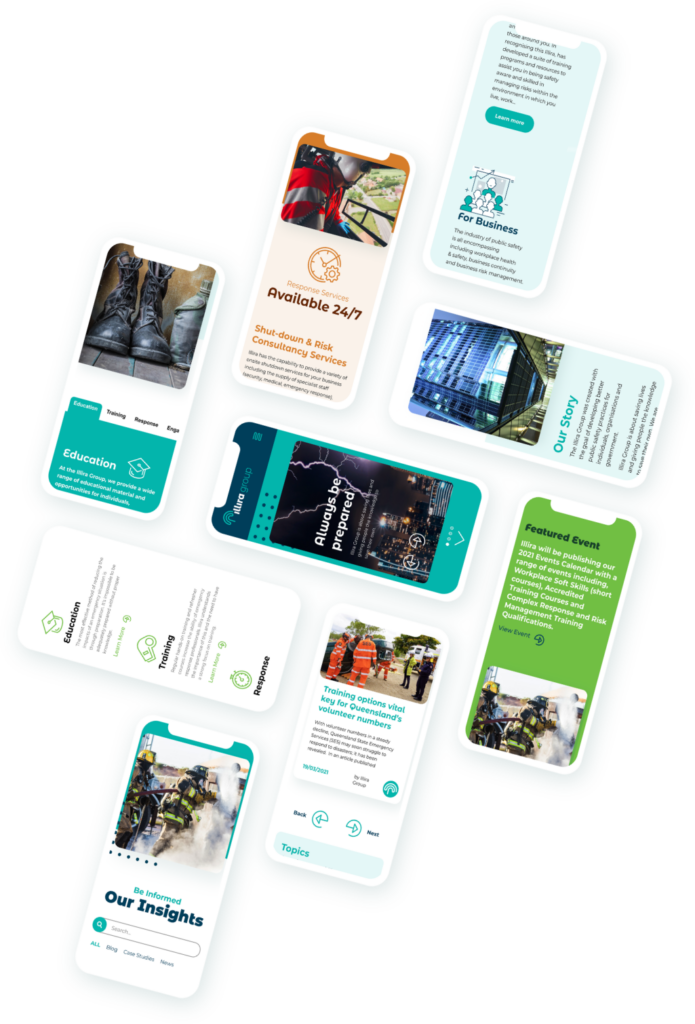3 Mistakes Businesses Make On Their Websites
Learning from your mistakes
Mistakes offer us an opportunity to learn. Hindsight is a great teacher and a wonderful educator. However, what happens when mistakes go unseen?
Businesses often make considerable mistakes when it comes to web design. These pitfalls are even endemic among experienced business owners in the eCommerce space. Any visitors that visit their mistake-laden websites would shorten their digital stay. Worse yet, disgruntled customers may soon find themselves migrating to competing websites in order to service their needs.
When these mistakes go undetected, the hidden damage escalates as the clock ticks, each problem compounding over time. But how do you fix what you can’t see?
This feature explores the 3 most common web deign mistakes that go unnoticed, and simple short-term remedies to correct them.
Mistake 1. Copy Overload

Copy populates the front end of your webpage; the first point of contact between you and your customers. Written content is also meant to concisely convey your brand’s mission, your identity, and your product/service offerings.
Sadly, many businesses fall into the same mistake of uploading needlessly long bodies of text filled with redundancies, with little to no pauses in between.
Spacing between sentences is also non-existent, making text appear much more congested than it is. In addition, companies are content with overloading their web pages with convoluted, marketing peripherals such as Ebooks and brochures containing the same information. Consequently, website visitors are greeted by huge walls of repetitive text that don’t say anything new.
Solution 1: Less is More!
Your website is like your five-star hotel, your visitors are the guests. The copy that inhabits its pages is the impeccable service that delights your audience. Thus, compelling copy should gently welcome visitors, and not overwhelm them with information! Instead, engaging content should only sell the “who, what, when, how and why’s” of your brand, nothing more, nothing less. Hence, any superfluous words or sentences should be eliminated entirely. For an insider’s scoop from the perspective of a copywriter, take a gander at our previous feature (I promise it’s worth the read!)
Structurally, larger line spaces help to conceal the size of large, text bodies. The spaces between letters further ease the flow when visitors skim through information on your website. Similarly, visual elements are a healthy way to smoothen the reading process.
These are some of the subtle ways you can help shorten bodies of text and make them appear smaller.
Mistake 2. A Bad User Experience

A well-designed website is a non-verbal showcase of your brand. Great graphics and a great user interface are a surefire way to leave a lasting impression on your digital audience. Return visits and repeat transactions are some of the benefits gained from a stellar website.
But what happens if you have a poorly-designed website with low-quality visuals? A bad user experience signals to your target audience that your brand is not committed to quality. Expect to achieve the opposite: heightened bounce rates, poor website review scores… and the list goes on!
Solution 2: Shelve the UI issue and Canva
Everything should intuitively make sense upon first arriving on your website. Every page should be easily navigable, and should there be any unnecessary pages. Additionally, each page element should intuitively and structurally make sense. Unfortunately, there are no straightforward ways to remedy the problem.
Installing, and designing a website with a strong user interface is a difficult obstacle that requires a strong background in front-end and back-end web development. In this instance, we highly recommend consulting a Brisbane web agency like ourselves for further assistance (more on that later).
But on a positive note, business owners do not need a degree in Graphic Design to create decent visual content. Instead, they can opt for Canva, a web-based application that simplifies the design process for the layman. Simply select the template you need, and drag and drop the elements you need. Once done, all you have to do is download and embed the image into your website.
But as a drag-and-drop builder, it lacks the flexibility and utility of Photoshop. Regardless, this is a solid alternative that streamlines the process.
Therefore, the tools above provide business owners with an opportunity to deliver a modest user experience, albeit at the expense of complete creative freedom.
Mistake 3. Poor SEO Optimisation

Businesses tend to place undue emphasis on the front end of their website, less so on the back end. Unfortunately, this neglect often extends to bad SEO.
Simply put, Google indexes and ranks websites against a set of 210 known criteria based on how authoritative and useful the information is to users. To ensure the search engine remains impartial in its assessment, the remaining criteria are hidden from plain sight. Essentially, SEO helps Google rank your website higher.
For example, over 71% of Google’s traffic stays on the first page; a low ranking is the death knell for any business. Accordingly, no amount of convincing copy or delightful graphics would compensate for a bad ranking. Conversely, being ranked on the first page drives unprecedented traffic to your website.
But first, let’s break SEO down into four main categories:
- Technical SEO
Technical SEO focuses on the back-end actions that simplify Google’s indexing process to increase your rankings (high-quality inbound links, sitemaps, fast-loading times etc.) - On-page SEO
On-page SEO emphasises the optimisation of your website content (pictures, videos, copy etc.) in order to rank higher. - Off-page SEO
Off-page SEO is centred on driving traffic to your website organically through external channels (social media, news channels, outbound links etc.) - Local SEO
Local SEO helps your business expand its presence in a localised community (user-submitted reviews etc.)
Now there’s a lot to unpack here! Undoubtedly, SEO is an expert-level industry that requires years of practice and experience; where does one even start?
Solution 4: Off-page SEO
Off-page SEO is the easiest area to implement the most effective change. Constantly engage with your audience by strengthening your social media presence. Draft any post ideas you may have, and ensure that they drive off-page traffic to your website. Only then, will your off-page presence funnel more prospects to your website.
As for the other parts, we encourage you to defer any changes to the advice of an SEO expert, which conveniently brings us to the next section.
We’re here to serve
In our 10 years of experience in the web-design space, we appreciate that our clients are always strapped for time, channelling every second of it into their businesses.
As our clients, your brand is your enduring passion, and a website is simply a means to that end.

As a Brisbane web design agency, Vesanique’s passion lies in our devotion to impeccable website building. Leveraging SEO best-practice and web development processes, we’ll create a highly optimised website that skips right ahead of the competition in the search ranking queue.
But as discussed above, what occupies the space on your website matters just as much as the space it sits in. So here’s the interesting thing about Vesanique. We’re a Brisbane design agency, Brisbane creative agency, and a Brisbane graphic design agency… you get the picture! To aptly surmise, we’re a Brisbane brand agency first and foremost!
We wear multiple gloves in the industry to cover the diverse concerns our clients often raise. By controlling the entire branding process, we can deliver to our clients an exemplary branding experience.

Are you making mistake number 1 right now? Our resident content specialist can spin an enticing narrative through his copy, following on-page SEO standard practices.

What about mistake 2? Is it proving to be a persistent issue? Our talented senior creative will produce original graphics to bedazzle and allure website visitors.
We’re here to provide permanent solutions to those mistakes, not temporary band-aids :).
Working Together

All these services are but a tease of what’s to come when you work with us. More notably, Vesanique does not do one-offs; we foster ongoing relationships through active collaboration with our clients. No project is ever the same, and our solutions are tailor-made to meet your goals.
To conclude, there are no mistakes too large for Vesanique to fix. Let’s head back to the drawing board together, and build you a better website.
Let’s talk, don’t be a stranger!
